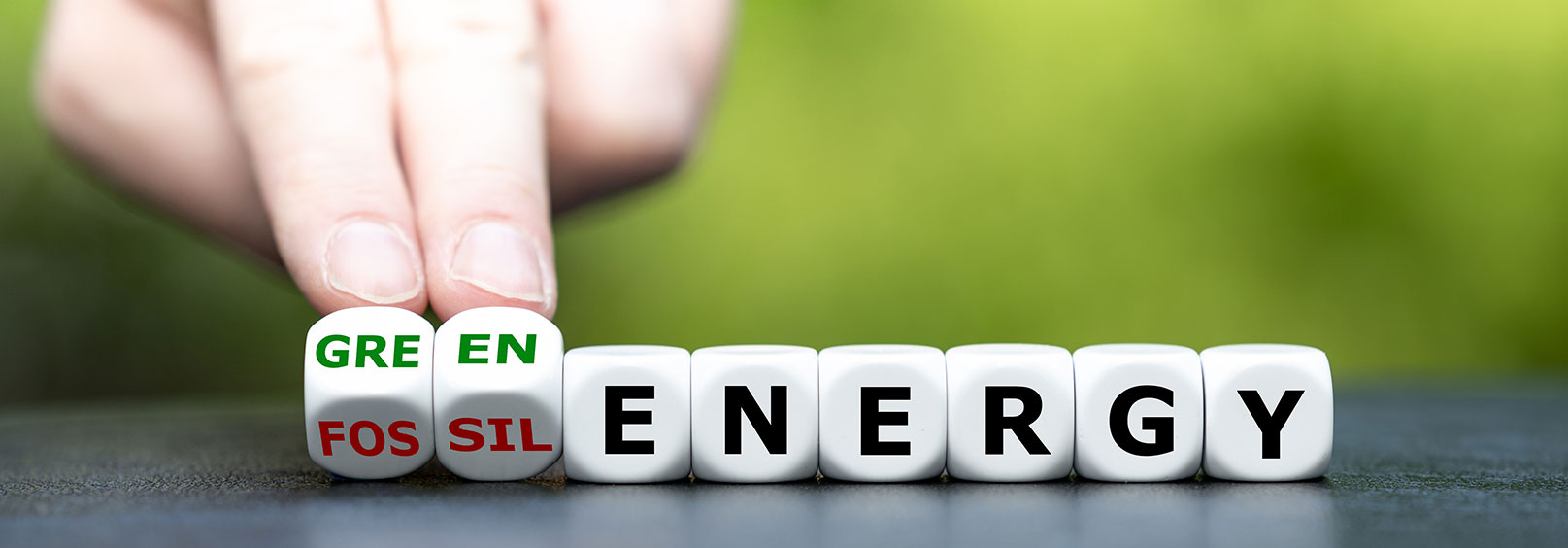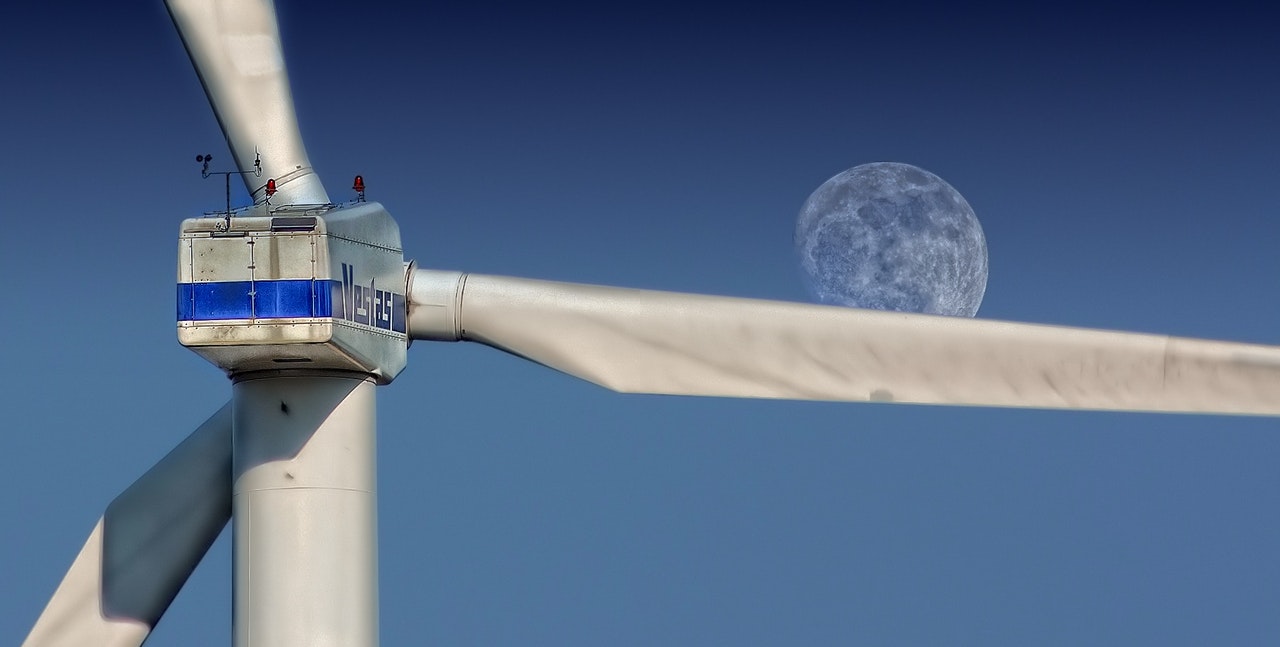

Clean energy comes from renewable, zero-emission sources that do not pollute the atmosphere when used and energy saved by energy efficiency measures. While most green energy sources are renewable, not all renewable energy sources are green. For example, hydropower is a renewable resource. Still, some would argue that it is not green since deforestation and industrialization related to building hydro dams can damage the environment. Clean energy works by producing power without adverse environmental impacts, such as releasing greenhouse gases like carbon dioxide. Much clean energy is also renewable, including wind power, hydro resources, and solar-powered energy generation.
The most important aspect of clean energy is the environmental benefits of a global energy future. While clean, renewable resources also preserve the world's natural resources. Clean energy provides various ecological and economic benefits, including reducing air pollution. A diverse clean energy supply also reduces the dependence on imported fuels. There are financial benefits related to clean energy, not least due to creating work to improve the infrastructure, manufacture clean energy solutions and install and maintain them. Renewable and clean energy are growth sectors as the world begins to move away from fossil fuels, meaning that more opportunities will arise in areas ranging from eMobility to power generation and storage.
Solar Power works by converting energy from the sun into power. There are two forms of energy generated from the sun: electricity and heat. Both harness the sun's power through solar panels, ranging from residential rooftops to 'solar farms' stretching over acres of rural land. The sun is an incredible renewable resource that fuels life on our planet and provides clean, sustainable energy to its inhabitants. More power from the sun reaches our planet in one hour than is used by the world's entire population in one year. Another clean energy positive for solar power is that, unlike the burning of fossil fuels, the conversion of sunlight into power creates no harmful greenhouse gas emissions. The carbon footprint of solar panels is already relatively small, as they last for 25 years plus with no loss in efficiency. And the materials used in the panels are increasingly recycled, so the carbon footprint will continue to shrink.
Wind Power is another abundant source of clean energy. The wind produces electricity using the kinetic energy created by air in motion. The wind is transformed into electrical energy using wind turbines or conversion systems. Wind first hits a turbine's blades, causing them to rotate and turn the turbine connected to them. That changes the kinetic energy to rotational energy by moving a shaft connected to a generator, producing electrical power through electromagnetism. The amount of power gained depends on the diameter of the turbine and the length of the blades. The output is proportional to the rotor's dimensions and the cube of the wind speed. Theoretically, when wind speed doubles, wind power potential increases by a factor of eight.
Hydropower, or hydroelectric power, is a renewable energy source that generates power by using a dam or diversion structure to alter the natural flow or other body of water. Hydropower relies on the endless, constantly recharging system of the water cycle to produce electricity, using a fuel—water—that is not reduced or eliminated in the process. Hydropower utilizes turbines and generators to convert kinetic energy into electricity, which goes into the electrical grid to power homes, businesses, and industries. The energy available from moving water depends on the water flow volume and the change in elevation—also known as the head—from one point to another. The greater the flow and the higher head, the more electricity generated. This energy source is seen as more reliable than wind or solar power and allows for the easy storage of the energy generated so then used in line with demand.
Geothermal energy is heat derived within the sub-surface of the Earth, and water or steam carries the geothermal energy to the Earth's surface. Depending on its characteristics, geothermal energy can be used for heating and cooling purposes or generate clean electricity. However, for electricity, high or medium-temperature resources are needed. There are different geothermal technologies with distinct levels of maturity. Technologies for direct uses like district heating, geothermal heat pumps, greenhouses, and other applications are widely used and considered mature. The technology for electricity generation from hydrothermal reservoirs with naturally high permeability is mature and reliable. Many of the power plants in operation today are dry steam plants or flash plants (single, double, and triple) harnessing temperatures of more than 180°C. However, medium temperature fields are increasingly used for electricity generation or combined heat and power thanks to the development of binary cycle technology, in which geothermal fluid is used via heat exchangers to heat a process fluid in a closed-loop.
Bioenergy is energy made from biomass or biofuel. Biomass is any organic material that has absorbed sunlight and stored it in the form of chemical energy. Examples are wood, energy crops, and waste from forests, yards, or farms. Biomass is a versatile renewable energy source and once converted into liquid transportation fuels equivalent to fossil-based fuels, such as gasoline, jet, and diesel fuel. Bioenergy technologies enable the reuse of carbon from biomass and waste streams into reduced-emissions fuels for cars, trucks, jets, ships, bioproducts, and renewable power. Biomass is a renewable resource that converts into liquid fuels—known as biofuels—for transportation. Biofuels include cellulosic ethanol, biodiesel, and renewable hydrocarbon "drop-in" fuels. The two most common biofuels in use today are ethanol and biodiesel. Biofuels in airplanes and most vehicles on the road. Renewable transportation fuels that are functionally equivalent to petroleum fuels lower the carbon intensity of our cars and aircraft.
The terms' green energy' and 'renewable energy are often interchangeable, but there is one essential and sometimes confusing difference between them. While most green energy sources are also renewable, not all renewable energy sources are considered entirely green. Clean energy is energy that, when used, does not pollute the atmosphere, creating little or no greenhouse gasses. Once again, there are evident crossovers between clean energy, green energy, and renewable energy.
Here's an easy way to differentiate between them:
• Clean energy = clean air
• Green energy = sources from nature
• Renewable energy = recyclable source